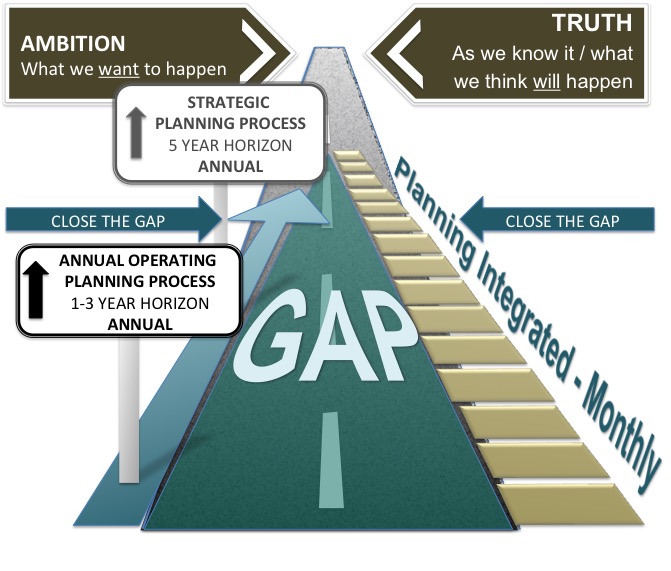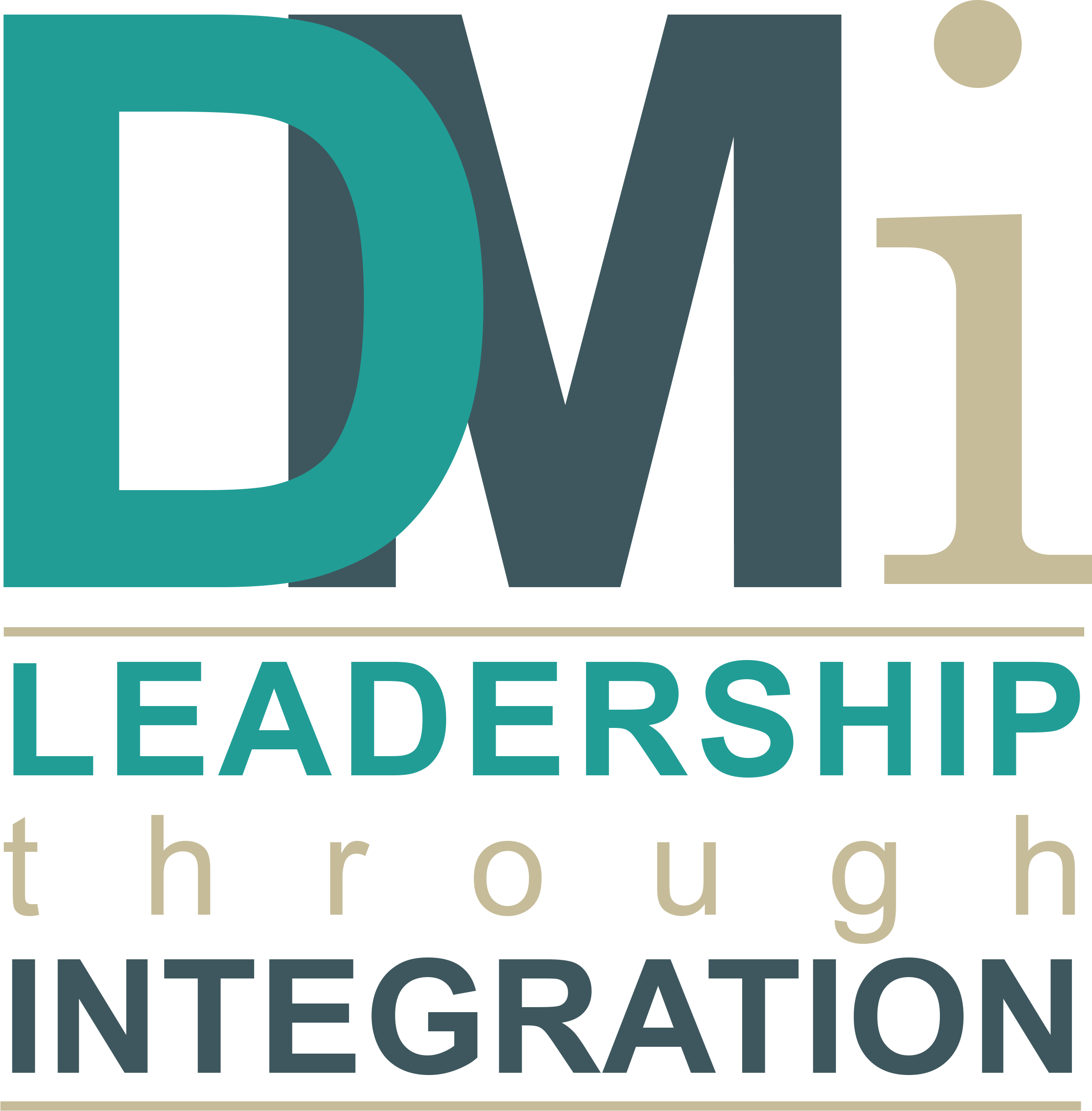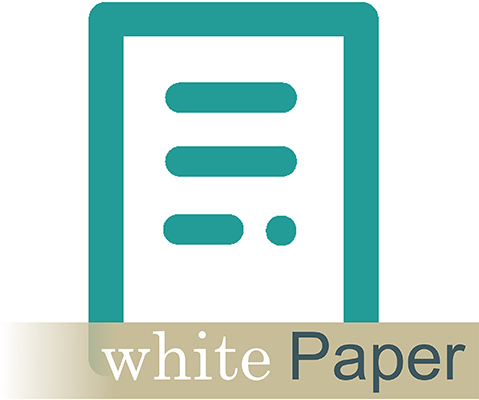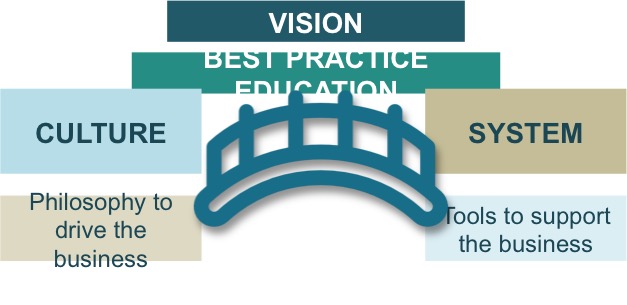Forecasting or demand Planning – what’s the difference?
Sustaining a winning business position in a fast moving and changing market demands requires agility and flexibility from an organisation. This does not mean reactivity which is typified by the classic ‘firefighting’ environment. It means planning for flexibility. In order to respond to changes in demand and to anticipate change it is essential that businesses have integrated processes along with cross functionally aligned behaviour focused upon the customer and the external market.
All organisations need to be focused upon creating an organisation that is totally focused upon the ‘sweet spot’ of competitive advantage. If this was the case then the organisation will see the value of Demand Planning and the role of Sales Forecasting within that process.
If an organisation is serious about creating a customer focused ‘sweet spot’ then a set of principals that integrate the demand Planning processes, systems and behaviours will be essential for the success of the Demand Planning (Forecasting) process and ultimately the organisation. If we don’t face up to the difference between demand Planning and Forecasting then we will be constantly faced with the attitude that believes “forecasting is always wrong so why bother”.
The forecast will always be wrong, but when it is which of course is always then it was not the forecast that was wrong it was the assumptions behind the forecast that was wrong. Therefore one of the keys to improving forecast accuracy is to focus upon assumption management not forecasting.
If something is hard to do (predicting the future is difficult to do) but is something that is important to do (planning the future is important) my question is do you have to try harder or less hard? I think that most people would agree that you have to try harder. Without being facetious the secret to demand planning is therefore try harder. Even the word forecasting is a psychological because there are only two places that it is us ed– Sales and the Weather. In fact it is used in both places for the same psychological reason: – “Nobody can forecast the weather can they”. The first barrier to overcome in demand Planning is to adopt the Planning word not the Forecasting word. In other words to turn Demand Planning into the ‘art of the possible not the art of the impossible’.
The basic principles of Demand Planning that are promoted by DMi are the following, which in our opinion apply to all business sectors.
- All businesses require a Demand Plan for financial resource, capital, product and people planning in order for the business to focus upon a common and integrated business plan.
- The ‘forecast’ will always be wrong but it can be improved by trying harder: –
- Focus the Demand Planning process upon assumption management not the forecast numbers which are always the consequence of the assumption.
- No one function has the monopoly view of the future which means that he Demand Planning process should be a multiple input process including the We at DMi refer to this as the ‘Soup Approach’ to Demand Planning. In order to make great tasting soup you take a number of high-quality ingredients, give them to a well trained Chef, who mixes them up on a tool called a cooker and blender and out of the process comes fantastic soup. In order to create a great demand plan you take a multiple set of high-quality set of cross functional inputs, give them to a well trained Demand Manager who mixes them up on a tool called a computer and out of that process comes a fantastic Demand Plan.
- Assign the accountability for demand Plan (Forecast) accuracy to Sales and Marketing
- Measure forecast bias and identify its root cause which will be behavioural. Once identified then the root cause must be addressed.
- Forecasting at a family level of aggregation will create a greater level of accuracy. It is important to only forecast at the level of detail necessary to support the decisions required to make at the time fence. So in the short term, SKU level detail is essential information for detailed supply chain planning. However in the long term the focus only has to be capacity, people and long lead time ‘strategic’ materials. Don’t try to get the organisation to create detail at a micro level that will be more inaccurate and often not necessary to support the level of decisions required.
- Excellent customer service can only be achieved by managing the integration between demand Control (order management) and demand Planning (Forecasting). Demand Control must embrace the principals of: –
- Available/capability to promise
- Abnormal demand management
- Forecast consumption and unconsumed forecast management
- At the end of the day money makes the business world go around. It is also true that for me the vast majority of businesses (with the exception of bank note printers) there is no such thing as a financial forecast, that’s because most companies don’t ‘make or sell ‘money. The financial plan (Forecast) is always the consequence of the balance of Supply and demand with the integration of product and people development plans. This is the prime objective of the Integrated Business Planning process (IBP).

DMi – The Gap
Demand Planning is a critical approach to help any company proactively manage change better than the competition, leading to a highly competitive position in the market. Many world class companies are taking pioneering steps in demand Planning and Demand Control, this is creating huge benefits and a sustainable business environment.




